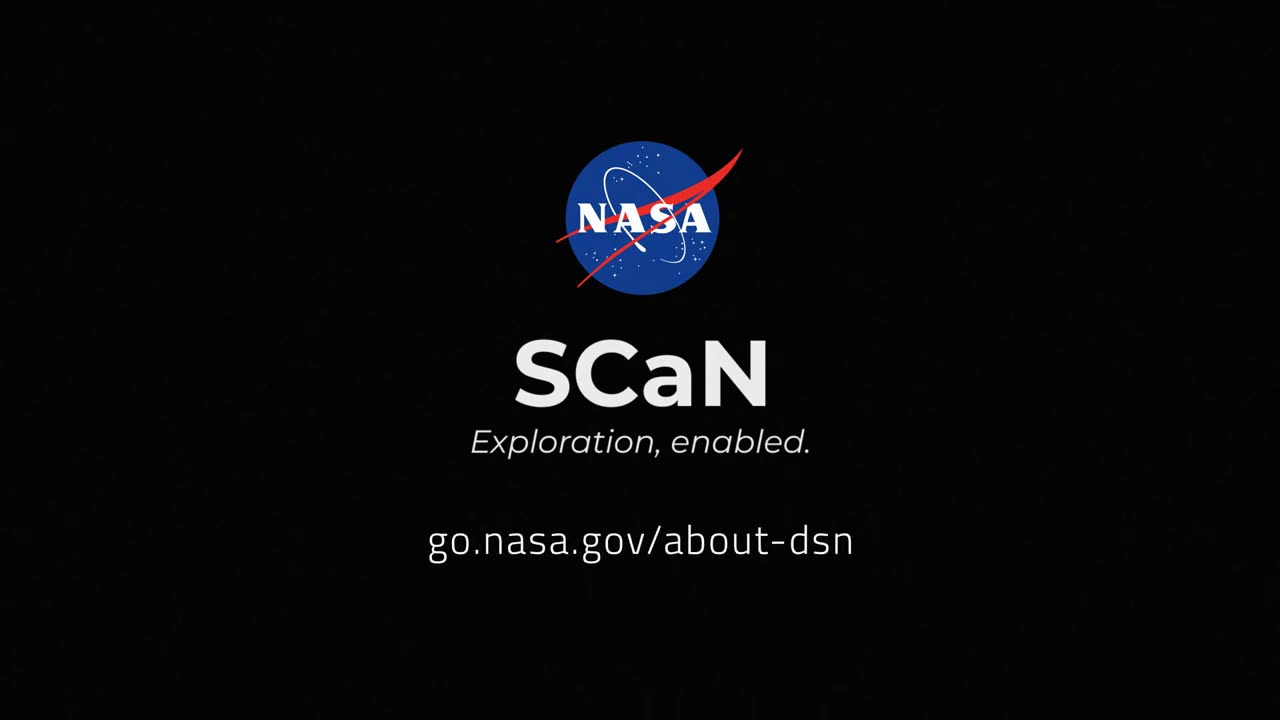Premium Only Content

How NASA Uses Gravity and Radio Waves to Study Planets and Moons
The Deep Space Network, NASA’s international collection of giant radio antennas used to communicate with spacecraft at the Moon and beyond, helps scientists and engineers use gravity and radio science experiments to learn more about our planetary neighborhood.
After reaching a spacecraft reaches its destination, it uses radio antennas to communicate with the Deep Space Network, which in turn transmits radio signals back to the spacecraft. Every spacecraft travels in a predetermined path emitting radio signals as it orbits around its target. Scientists and engineers can infer the spacecraft's location and how fast it's going by measuring changes in the spacecraft's radio signal frequency. This is made possible by the Doppler effect, the same phenomenon that causes a siren to sound different as it travels towards and away from you.
The Doppler phenomenon is observed here when the spacecraft and the Deep Space Network antenna move in relation to each other. Differences between the frequency of radio signals sent by the spacecraft as it orbits and signals received on Earth give us details about the gravitational field of a planetary body. For example, if the gravity is slightly stronger, the spacecraft will accelerate slightly more. If gravity is slightly weaker, the spacecraft will accelerate slightly less. By developing a model of the planetary body's gravitational field, which can be mapped as a gravitational shape, scientists and researchers can deduce information about its internal structure.
The Deep Space Network was developed by and is managed by NASA’s Jet Propulsion Laboratory (JPL) in Southern California. The antennas of the Deep Space Network are the indispensable link to robotic explorers venturing beyond Earth. They provide the crucial connection for commanding our spacecraft and receiving never-before-seen images and scientific information on Earth, propelling our understanding of the universe, our solar system and ultimately, our place within it.
JPL manages the Deep Space Network for the Space Communications and Navigation (SCaN) Program, based at NASA Headquarters within the Space Operations Mission Directorate.
-
 1:09:44
1:09:44
Russell Brand
5 hours agoFrom Curb Your Enthusiasm to Courage — Cheryl Hines on Hollywood, RFK Jr. & Speaking Out - SF646
124K19 -
 1:30:26
1:30:26
The Quartering
4 hours agoWoke Is Back!
117K44 -
 1:18:21
1:18:21
DeVory Darkins
5 hours agoTrump issues CHILLING WARNING to GOP as SCOTUS hears arguments regarding Tariffs
108K97 -
 3:35:48
3:35:48
Barry Cunningham
6 hours agoBREAKING NEWS: PRESIDENT TRUMP SPEECH AT THE MIAMI BUSINESS FORUM! (MIKE JOHNSON PRESSER)
99K16 -
 2:04:47
2:04:47
The Charlie Kirk Show
5 hours agoOnward | Henderson, Laurie, Miles | 11.5.2025
106K26 -
 2:15:52
2:15:52
Steven Crowder
8 hours agoWho is the Real Myron Gaines | Ash Wednesday
351K455 -
 1:07:53
1:07:53
Sean Unpaved
4 hours agoRankings, Recaps, & Deadline Deals: CFB Shake-Ups & NFL Trades
56.7K3 -
 2:13:33
2:13:33
Side Scrollers Podcast
6 hours agoAsmongold SUED for Emotional Distress + Hasan REJECTED+ INSANE Plane Crash + More | Side Scrollers
67.7K16 -
 1:00:32
1:00:32
VINCE
9 hours agoNYC Has Been Seized By The Communists | Episode 162 - 11/05/25
293K474 -
 1:47:26
1:47:26
LadyDesireeMusic
6 hours ago $0.02 earnedLive Piano & Convo Rumble Rants/ Subs to Request
39.7K3